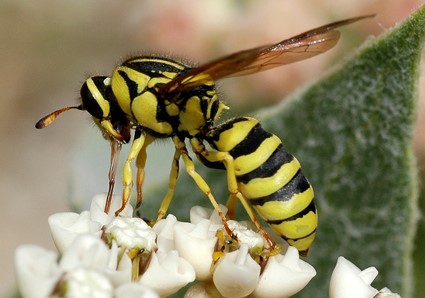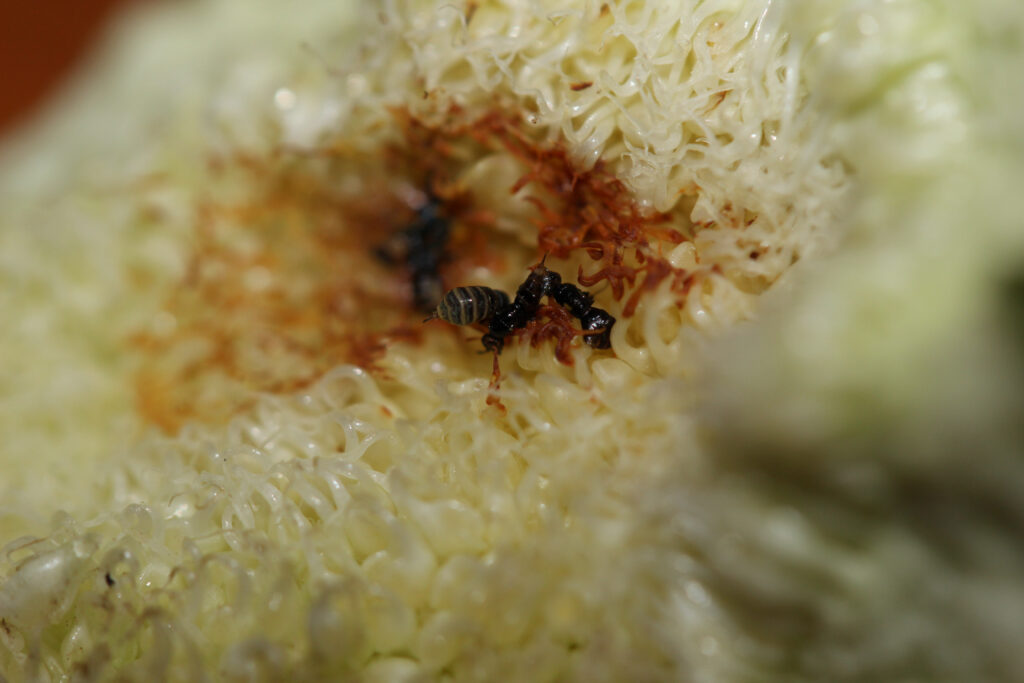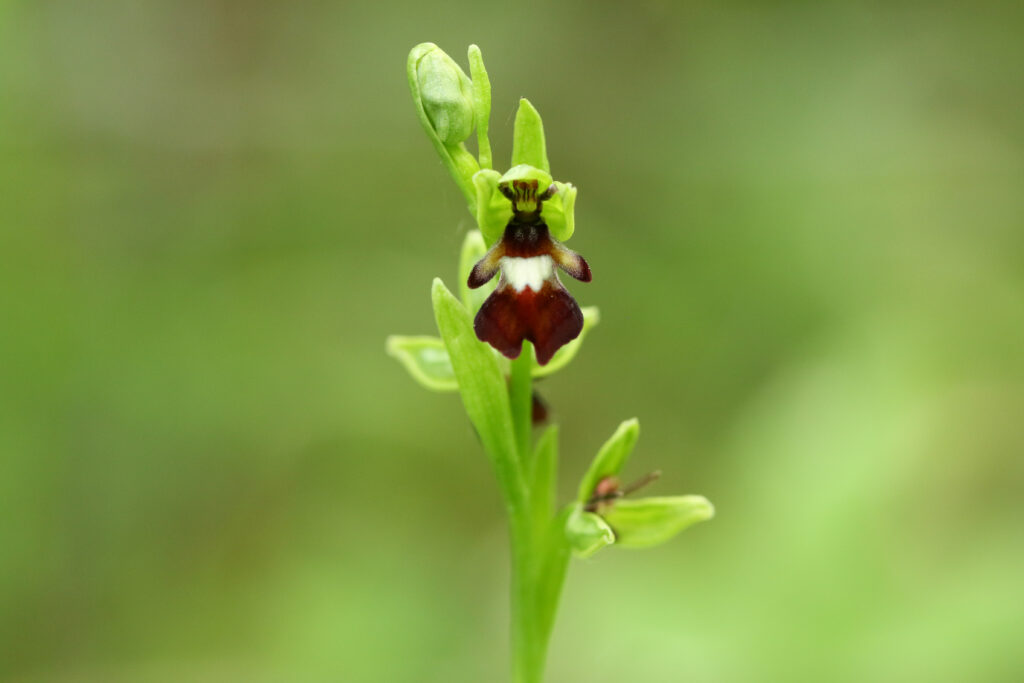Wasps pollinate a lot
Although many wasps are predators and parasitoids they play an important role as pollinators and wasps pollinate a lot of wild and crop plants.

Although many wasps are predators and parasitoids they play an important role as pollinators and wasps pollinate a lot of wild and crop plants.
Wasps consist of 850 known species of social wasps, more than 75,000 species of solitary wasps and more than 650,000 species of parasitic ones.
Wasps in general may be less efficient at carrying pollen than bees since they are less hairy, diminishing the amount of pollen that gets stuck. Further, being carnivorous, wasps are interested in flower blossoms mostly as a nectar source.
Nevertheless, some wasps such as the ones in the Masaridae family are great pollinators since they have gone through the same dietary transition that bees went through, evolving a plant-based diet.
One highly integrated wasp pollination mutualism is the fig-wasp interaction. Figs and their pollinating wasps constitute the most tightly integrated and specialized case of obligate pollination mutualism known.
The fig depends on female wasps to pollinate its flowers and initiate seed production. Female wasps, in turn, depend on the fig inflorescence for the production of their offspring.

Fig trees have no visible flowers since the fig is actually the stem of an inflorescence that surrounds the tiny flowers inside. The crunchy little things that you notice when eating a fig are the seeds, each corresponding to one flower. All fig trees are only pollinated by very small wasps of the family Agaonidae.
When the female flowers emit ascent that attracts only female.
The female wasp finds the fig and struggles to get inside through the small opening at the end of the fig. It visits many flowers in the interior of the fruit, laying eggs inside the future seeds while also spreading the pollen collected from the previous fig where it was born.
Once it finishes laying eggs, the female wasp dies inside the fig.
Another interesting pollination system where the mutualism is broken in the Fly Orchid. Here, the plants benefit by being pollinated by the wasp, but the wasp gets nothing in return.
Fly Orchids produce a pheromone similar to the female Digger Wasp attracting males, tricking them into attempting to mate with the plant and picking-up pollen in the process.
The wasp, after failing to mate, tries another Fly Orchid flower, thereby pollinating the plants. The Fly orchid is actually parasitizing the wasp. It is an example of sexually-deceptive pollination and floral mimicry.
Wasps pollinate
